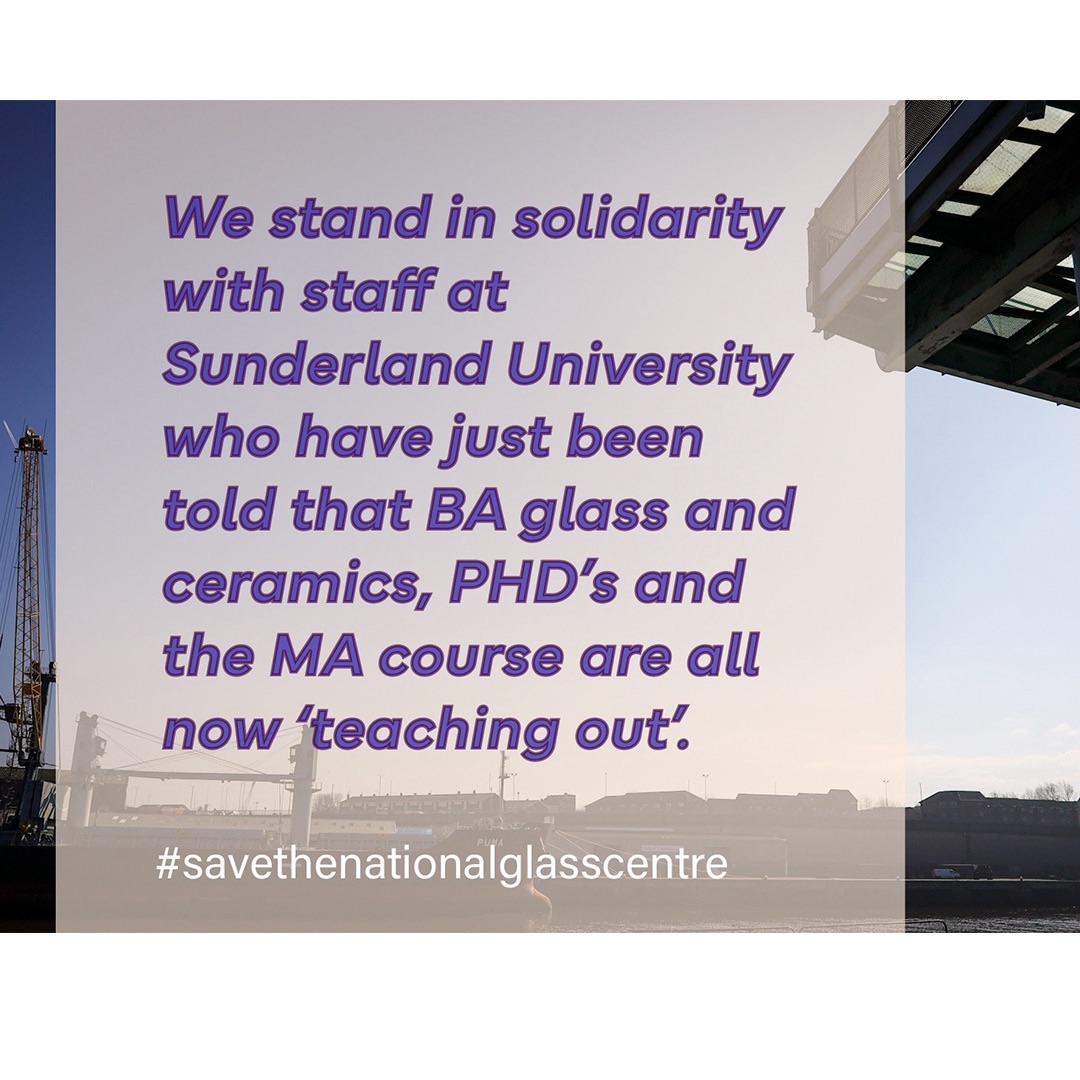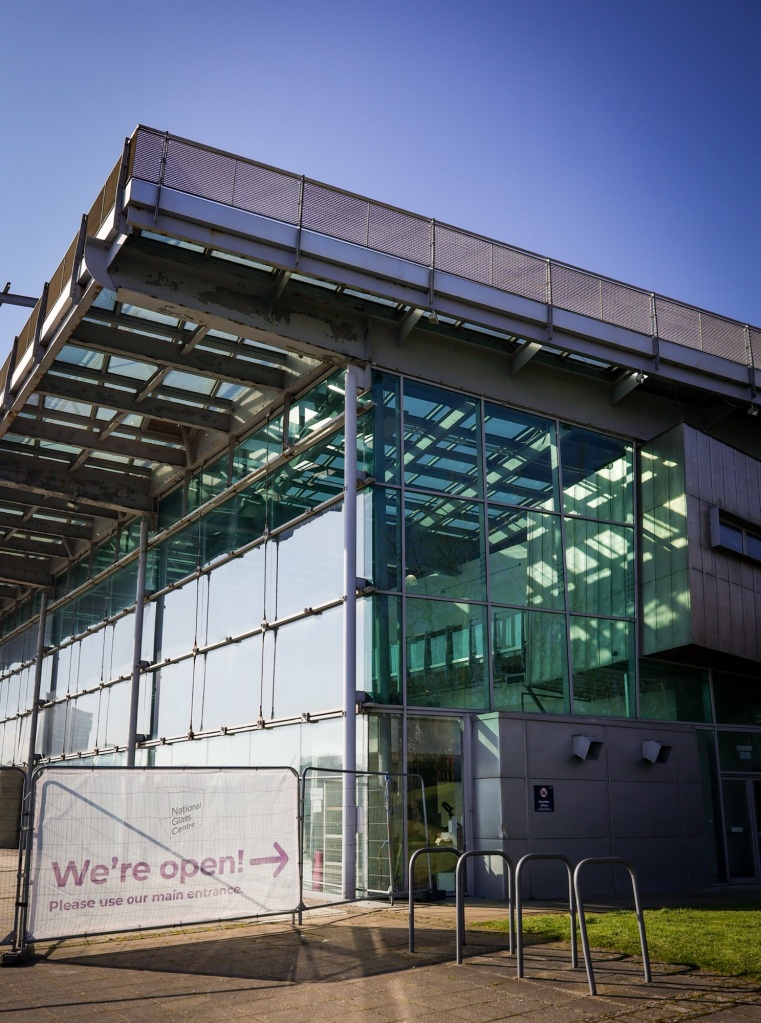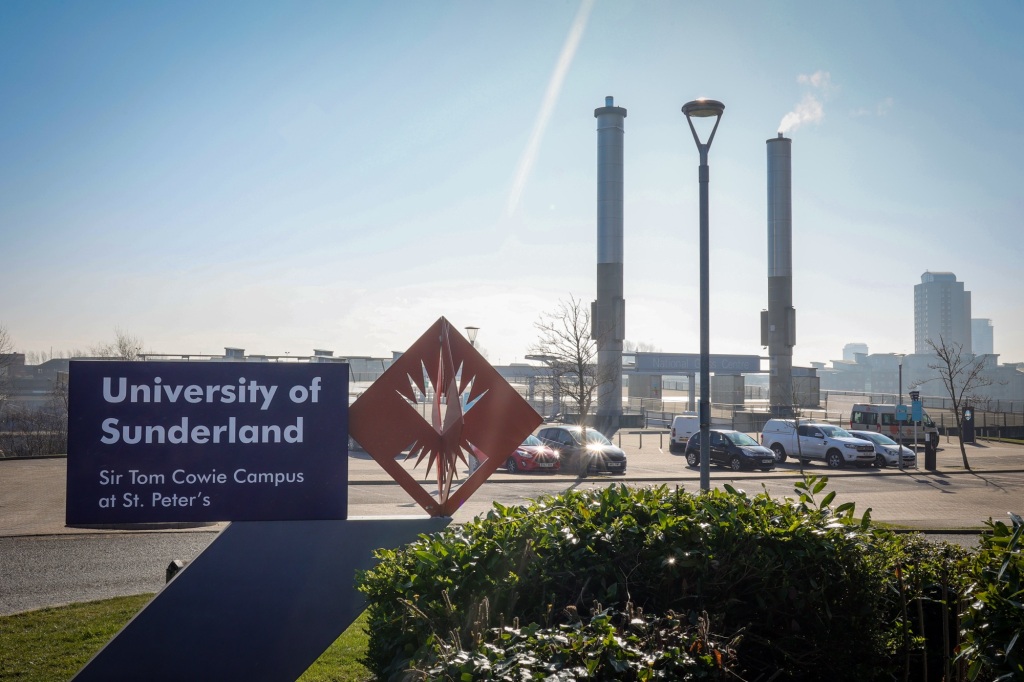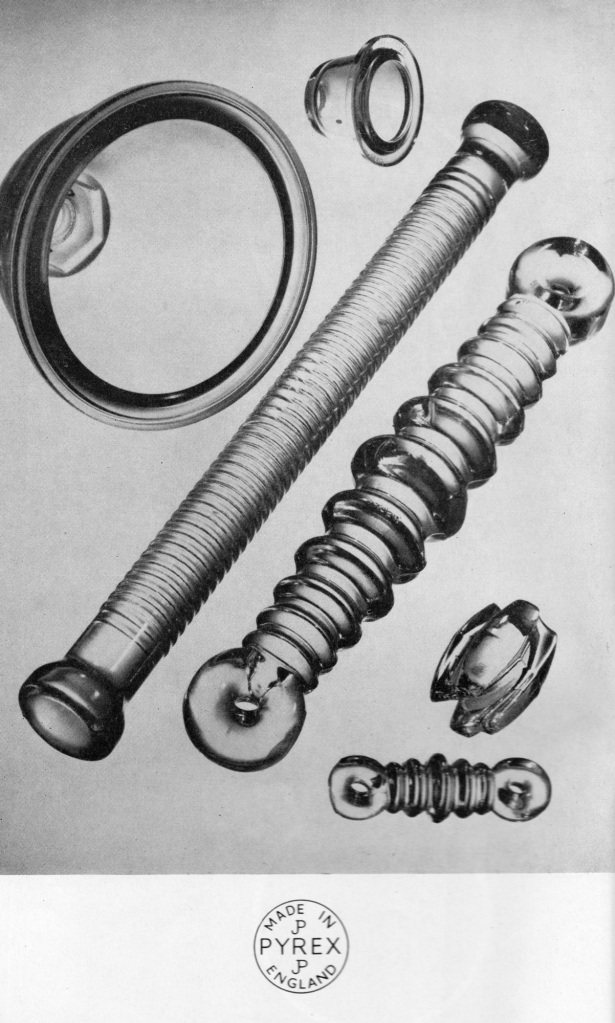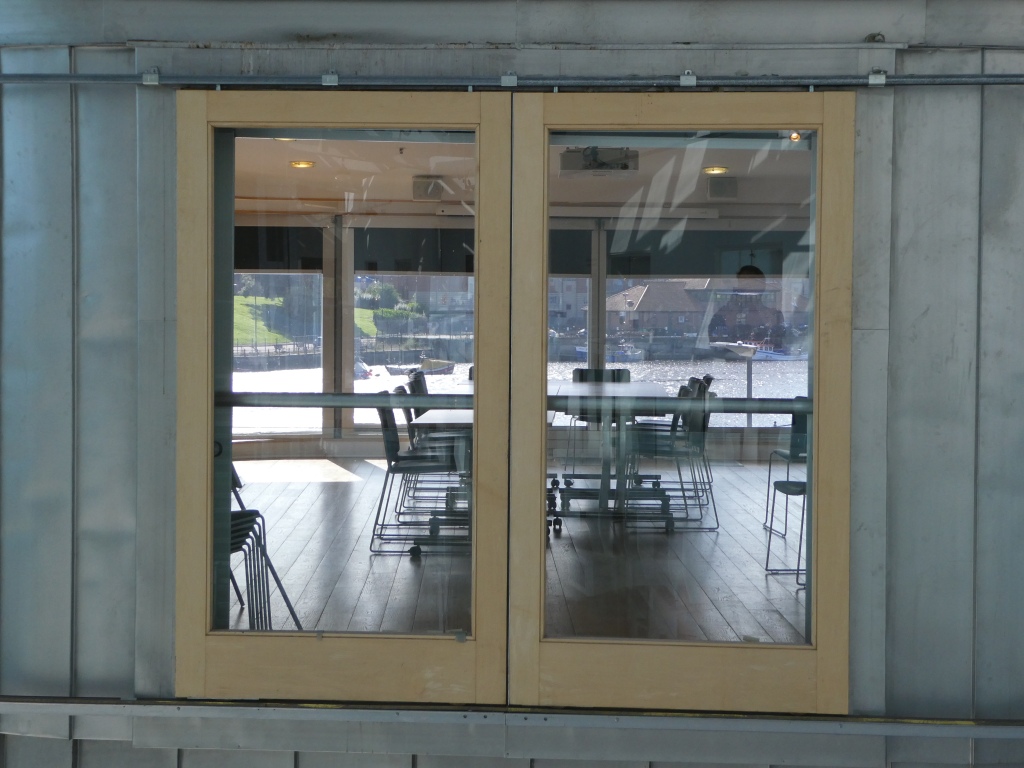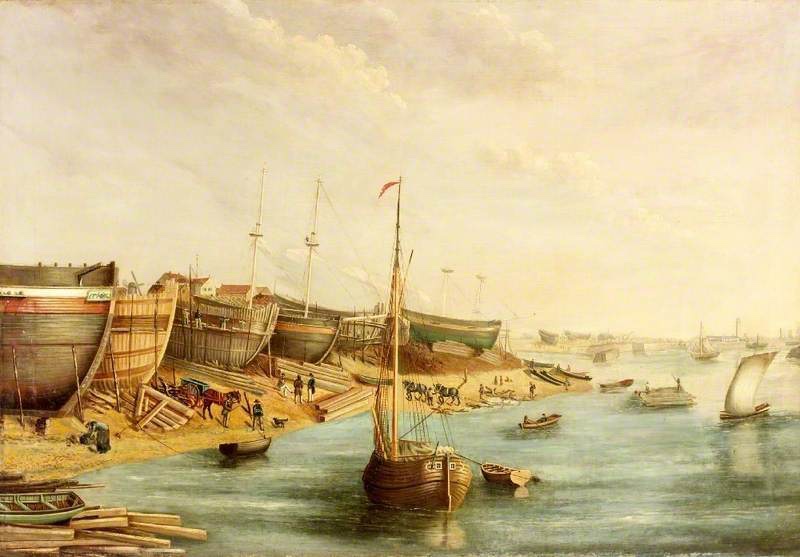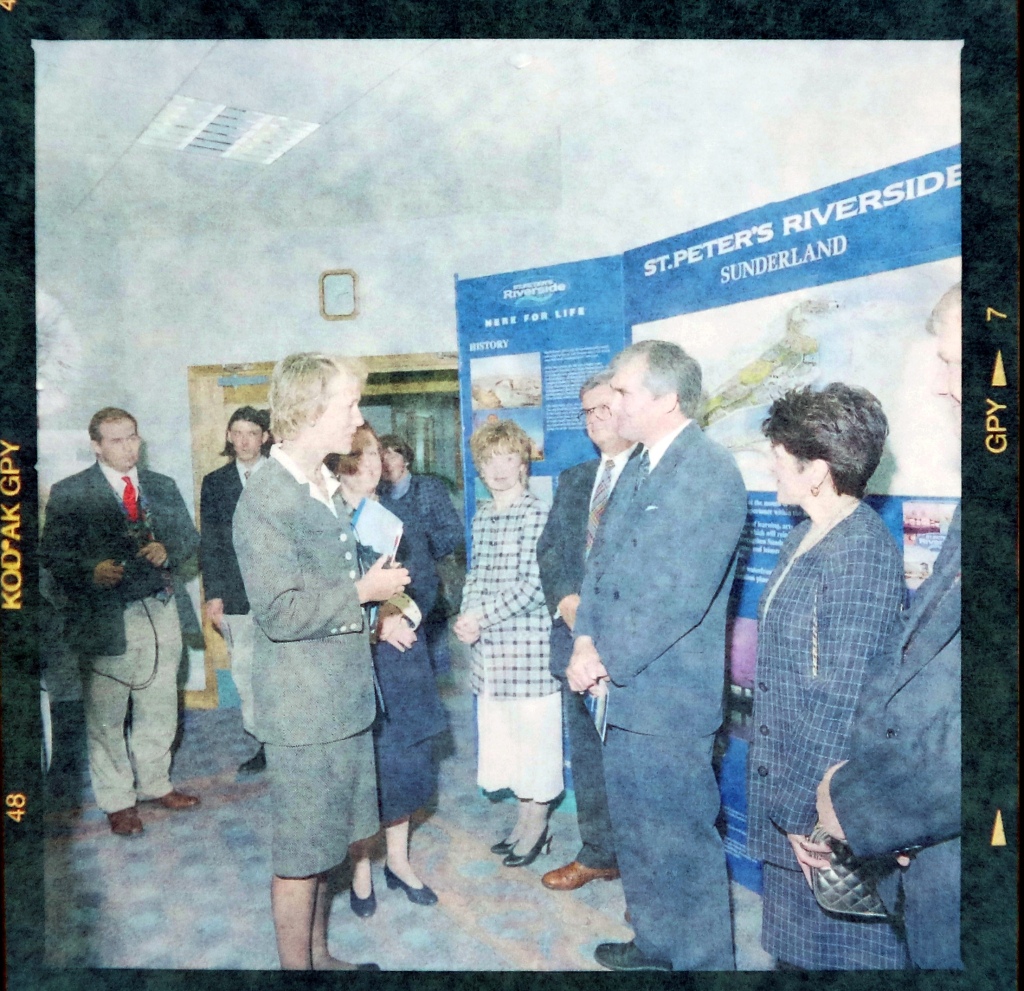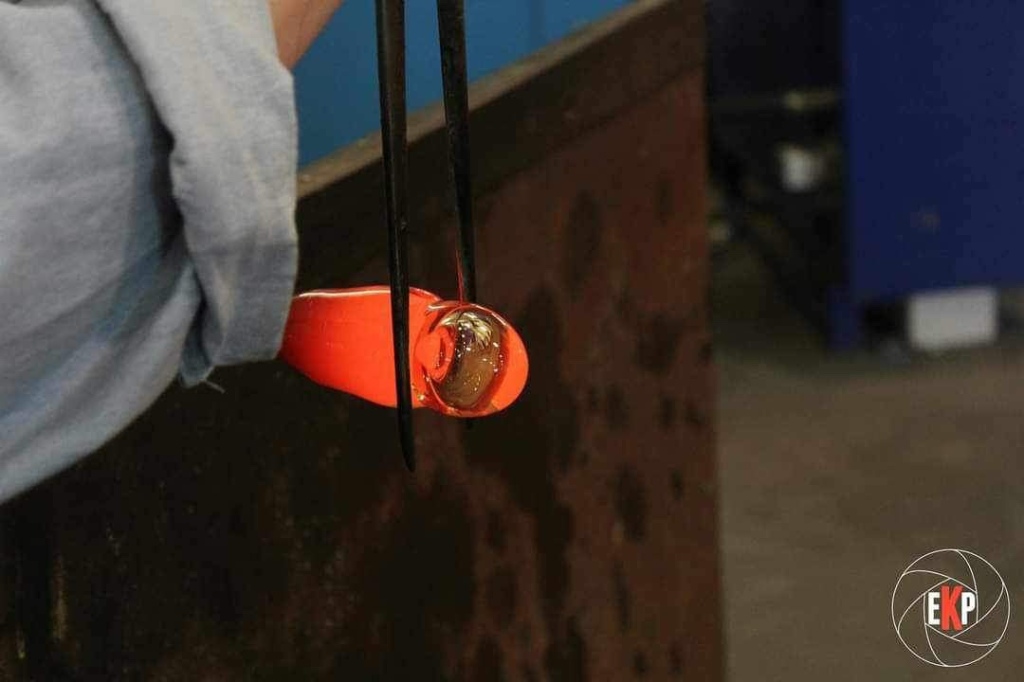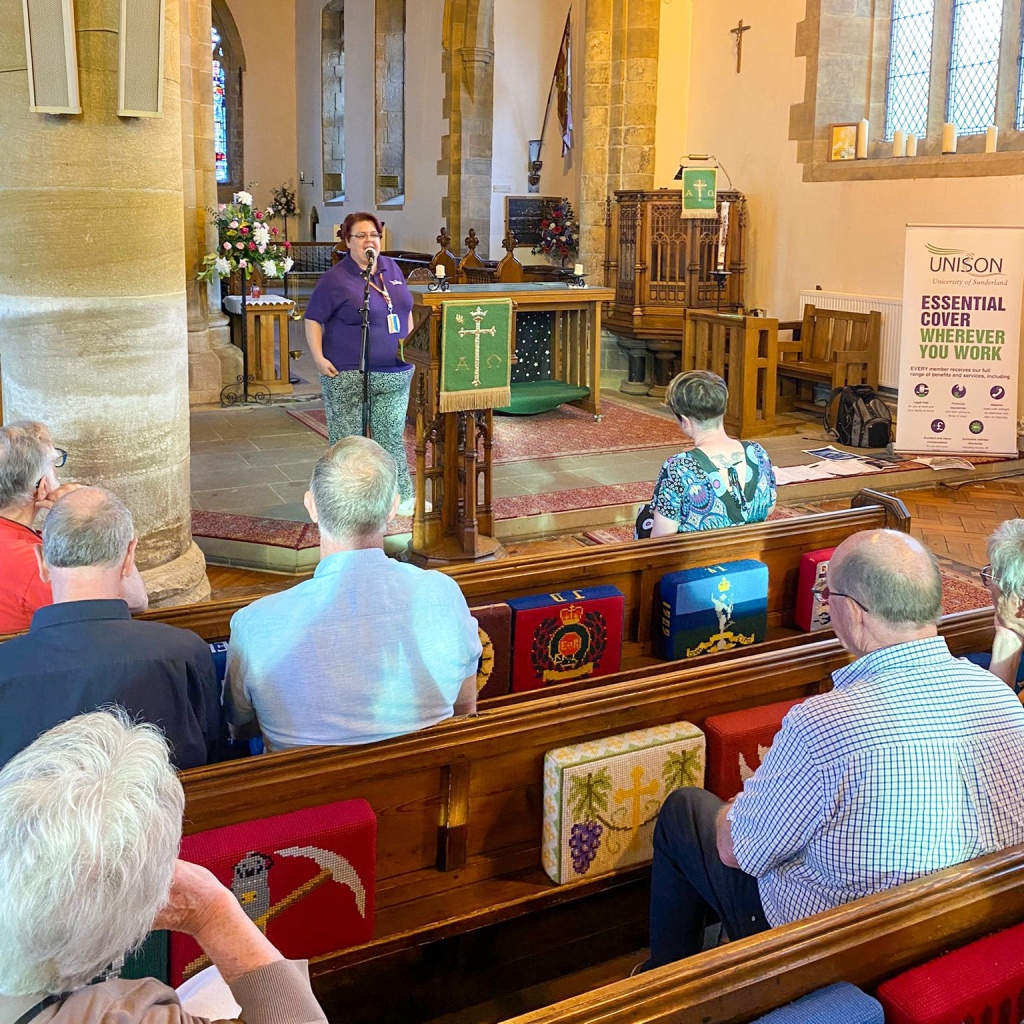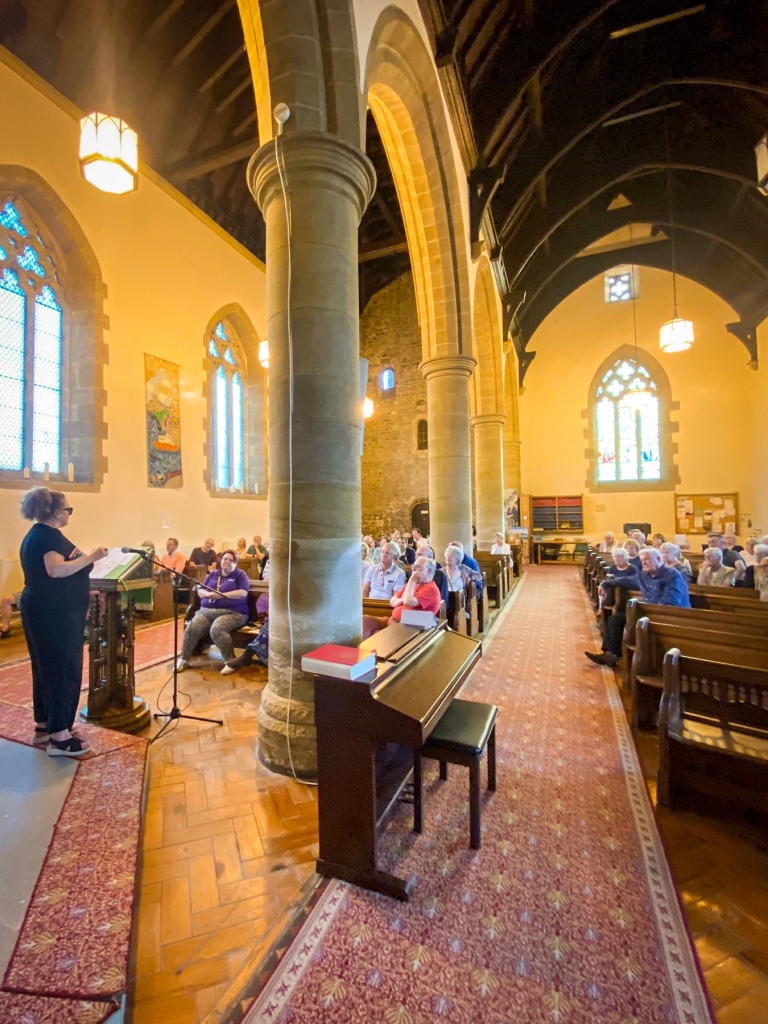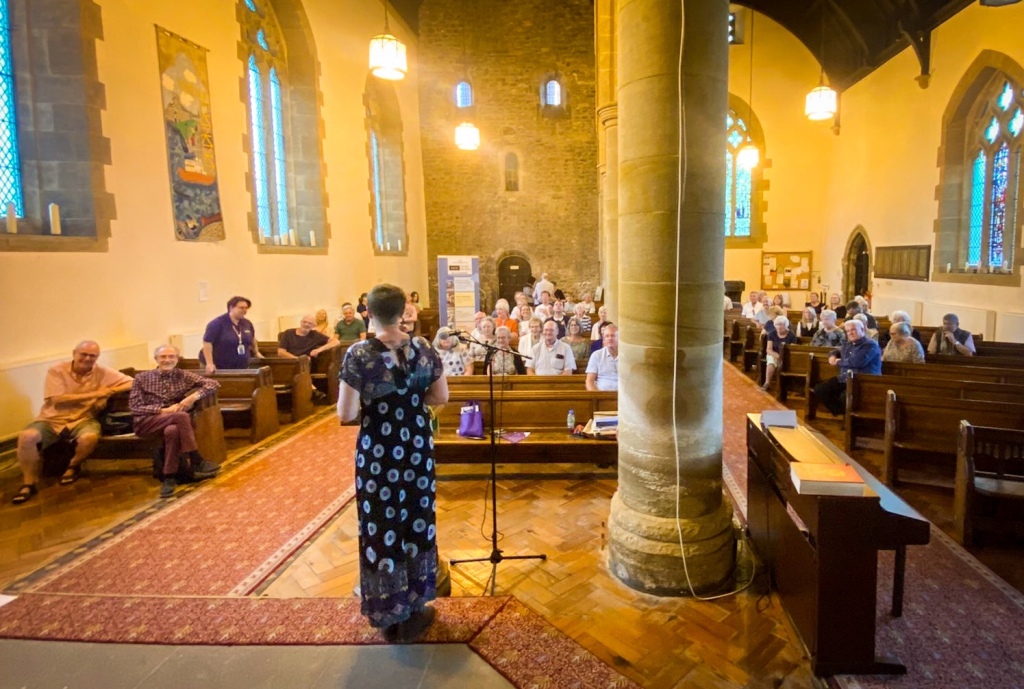St Peter’s in Roker has been breaking glass ceilings since 674 AD and celebrates 1350 years of continuous glass making on the river Wear.
Jo Howell, Save the National Glass Centre campaigner and photographic artist tells us about the importance of the National Glass Centre after attending the Contemporary Glass Society conference on 20/04/24

I was very grateful to attend the Contemporary Glass Society conference. It was held across two venues at the University of Sunderland on Saturday 20th April 2024. All of the organisers, speakers and the attendees themselves should be immensely proud as they were absolutely fascinating. I need a whole week to replay it in my head so I can absorb the experience! I spent the entire time with my mouth open in awe.
There was so much to take in and think about. The speakers did a tremendous job of showing us how glass, new technologies and reclaimed materials are all taking centre stage in contemporary arts practice. Informed by the climate crisis and new digital ways of production. All of the artists surpassed and surprised us with their innovative approaches. From Helen Pailing’s explorations of re-using the waste from glass processes in conjunction with embroidery practices.
To the commercial and artistic journey of Jo Mitchell, blending together computer aided design CAD and new technologies in glass production.
To some intensely AMAZING demonstrations of glass blowing ginormous stuff by Zac Weinberg whilst assisted by Colin Rennie
Then a quick gander at flame working as we settled into the 3pm vase blowing demo.
The artworks were all intriguing but I happened to spot a cyanotype on glass with a glass walking stick on top. Anyone who knows me knows that I love cyanotype. Blue maybe twee to you but it ain’t twee to me!

The artwork ‘Wrong end of the stick’ by Liz Macmanus Waugh was so much fun! You hovered your hand above an electronic sensor hidden in copper plated text to activate it. The sensors were hooked up to a micro processor that then played snippets of audio. The cyanotype showed pages from a notebook that had half conversations written by her grandmother who was deaf. The audio was of the random half conversations! A really lovely interactive piece.
I was lucky enough to catch the final knock off of a humongous glass vessel by Zac Weinberg. The heat and the weight of the glass! Really skilful. I was melting and feeling tired just watching. The choreography of movement always impresses me. To be in the ‘zone’ and in the moment is integral to the glassblowing success. There are so many things both physically and mentally that the glassblower must be in complete control of or else risk some awful injury.
I can’t stress enough how impressive the talent, the skill, the facilities and the building are. Okay. The building doesn’t look the smartest on the outside but it still proudly commands the riverside skyline. Its silhouette is unmistakable to all who love it. Buildings are never just buildings. For 25 years the National Glass Centre has been an icon of the Sunderland landscape and has a firm grip on all of our hearts.

The value of what we stand to lose far outstrips the need to demolish a building and landscape contaminated land. Maybe the National Glass Centre doesn’t need or want the University either. Maybe it’s time for a conscious uncoupling, as the wise Gwyneth Paltrow once said. It would be nice to remain friends when we gain custody of the NGC.
I digress! The open day held by Contemporary Glass Society was informative and inspiring. Though everything was tinged with heartfelt sadness the important contributions of the National Glass Centre to the British studio glass movement cannot be understated.
What will happen to all of this specialist equipment? Will it go the same way as the brise soleil? Quietly removed and scrapped. How much money will they spend demolishing and landscaping a site they have repeatedly said they have no plans for? In a climate crisis we really cannot afford to demolish buildings. End of story.
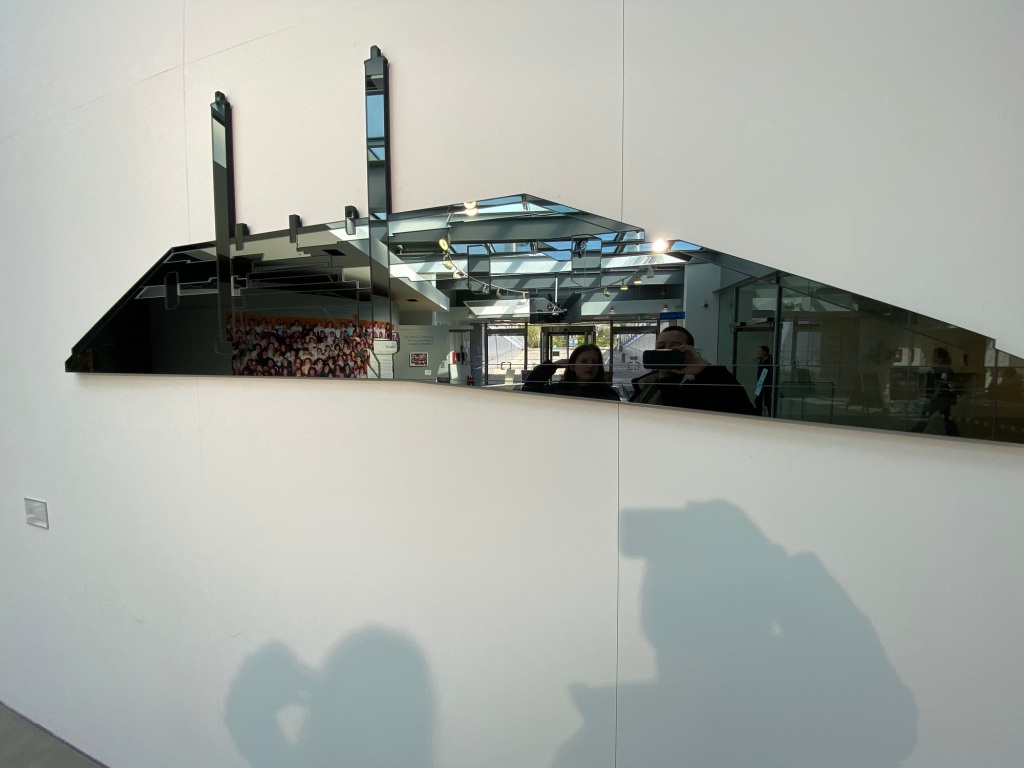
Are we not responsible to save the heritage both tangible and not, so that future generations can access it? And the upward social mobility that having a national cultural asset on your doorstep has? I want my nieces to be able to dream big.
I took my niece age 14 to the contemporary glass society day and as we walked home she excitedly told me that she wants to be an engineer. Then she said that she will help me make the building what we think it should be. She could see the opportunity. She understood the dramatic importance of hands on skills. This inspired her as it did me.
Keep tagging us on social media in your posts, sign the petition, share everything. We only have one chance to make the difference here. Let’s make it count. Use the hashtag and ask everyone what they think.
#savethenationalglasscentre
We at Save the National Glass Centre campaign have solutions and funding pots that we will be able to access that cannot be accessed by the university or Sunderland Culture because of the structures of their business model set up. We believe that a new model of ownership should be explored.
#sunderlanduni #contemporaryglasssociety #cgs #glassuk #climatecrisis


